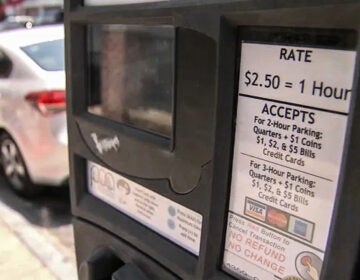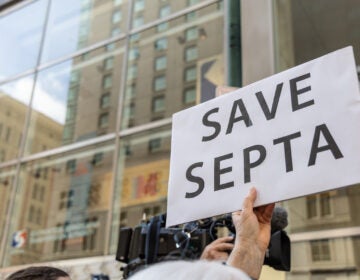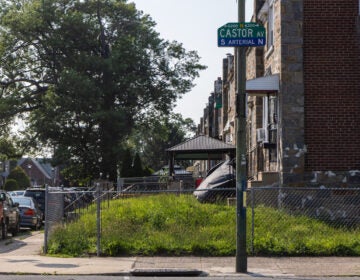Philly Transit in 2016: No Mass Transformations (yet)
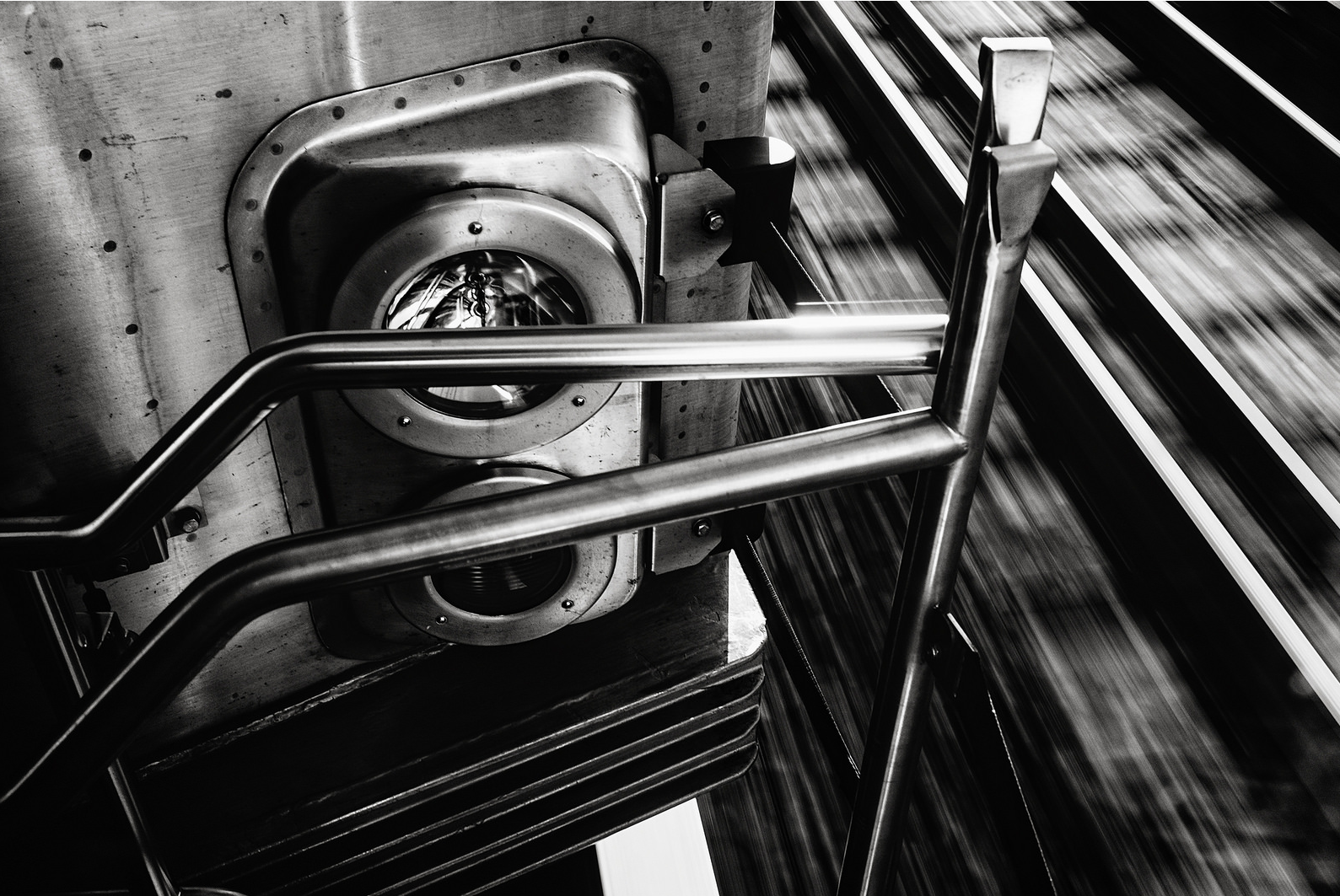
Ah, it’s the end of the year, that time to reflect on the year that was and look forward to the year to come, and things are no different here at PlanPhilly. So, without further ado, here’s what happened in Philly for all things transit over the last twelve, often tumultuous, months.
READY, SEPTA, GO… AWAY 2016
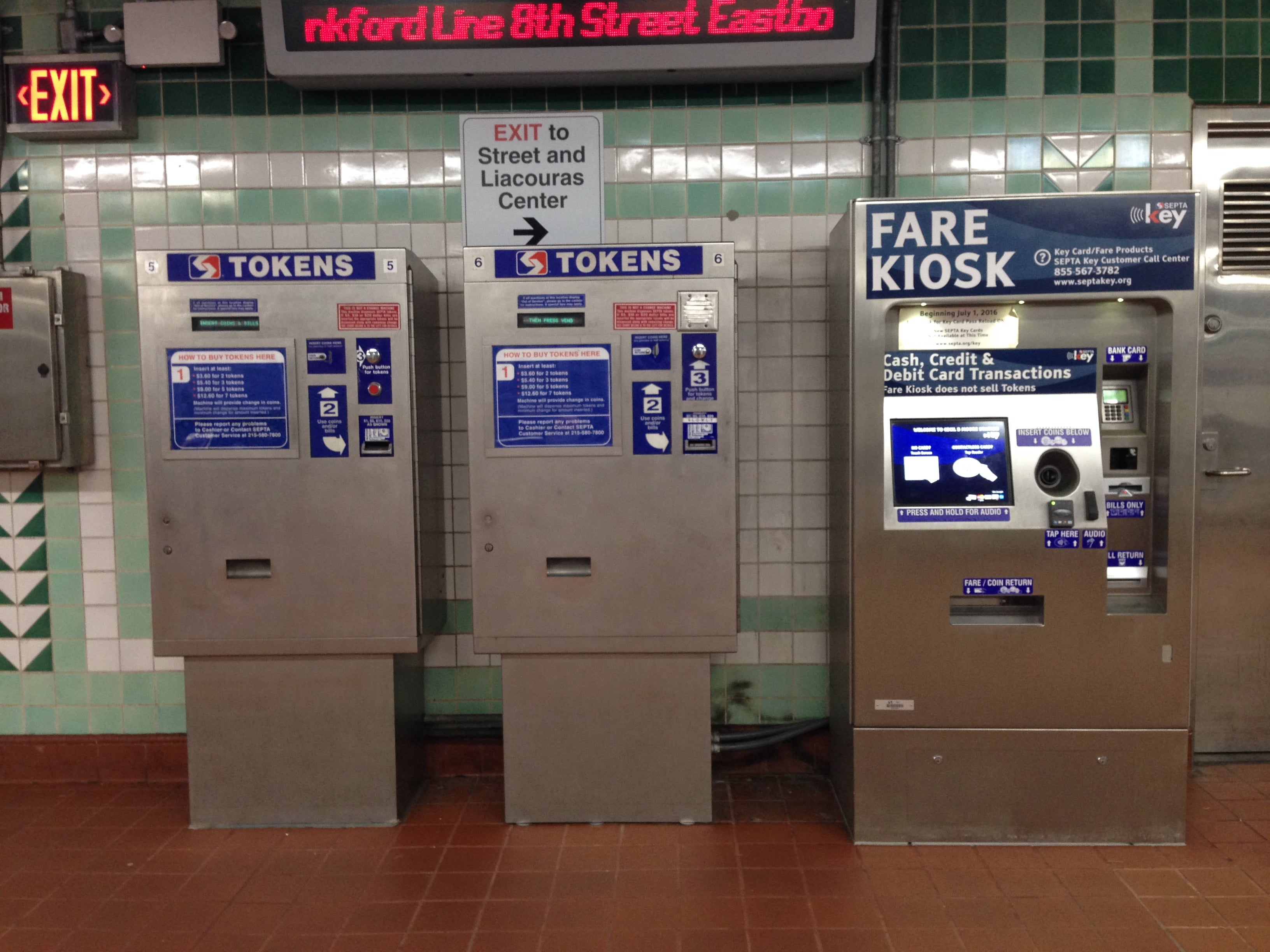
It’s been a rough year for SEPTA. In 2016 there was the city transit strike, the Silverliner V defect that sidelined a third of Regional Rail trains, angry environmentalists, lawsuits new and old, and still more hiccups and delays in the never ending rollout of SEPTA Key.
Despite all that, not all the news was bad for SEPTA. Sure, SEPTA Key’s beta test has hit some snags, but at least it’s out there, snaggable at long last.
Despite all the halting stops, 2016 was mostly a year of new starts for SEPTA. Many projects got underway, whether in planning or in initial construction phases.
SEPTA took strides to introduce an enhanced bus service to Roosevelt Blvd., holding two sets of planning meetings to bring a kind of Bus Rapid Transit-lite to the traffic-choked roadway. The new service could start as soon as fall 2017.
The authority also made progress on a contested proposal to expand the Norristown High Speed Line to King of Prussia, holding some public feedback meetings and advancing the planning process. Some residents in Upper Merion are fiercely opposed to the proposed routes so near their homes. SEPTA expects to have the draft environmental impact study completed in the early spring of 2017, a necessary step to get federal funds to help pay for the $1.1 billion project.
The decrepit-looking concourses that run under a large swath of Center City started getting an upgrade in 2016, with structural and aesthetic repairs underway. Relatedly, the 15th Street/City Hall Station is getting a major overhaul. In addition to aesthetic improvements, the station will become fully accessible, with five new elevators and rebuilt platforms. The design phase is finishing up now, and construction should start in 2017.
At the 8th and Market station on the Market-Frankford Line, the escalators are being replaced in work that should wrap up any day now, and the elevators should be fully upgraded and running again in the next few months.
One stop down the El, 5th Street Station was renamed 5th Street Station/Independence Hall and is set to begin a rehab project to beautify and repair the station starting in mid-2017. The biggest change: new glass headhouses.
SEPTA will also begin construction on extending the Media-Elwyn line to Wawa. The three-mile project will restore services abandoned ages ago and includes a brand new station at Wawa on Route 1. Ground should break sometime before fall 2017 in the hopes of finishing in 2020. After that, SEPTA hopes to continue extending the line to West Chester. No word yet on whether they will rename the line Media-Wawa or seek corporate sponsorship from the convenience store company.
Finally, SEPTA expects to debut real-time-info systems on nearly all its modes in 2017. Starting sometime in the first quarter of 2017, the SEPTA App (on iPhone and Android devices) will provide updates every 30 seconds with the latest ETAs for Regional Rail lines, all buses, the NHSL, and all above-ground trolleys (it won’t work in the trolley tunnels until later in 2017).
By the end of the year, SEPTA hopes to be installing real-time countdown clocks at its Market-Frankford and Broad Street Line stations.
AMTRAK: ON TRACK FOR SOME BIG CHANGES

On the face of things, it’s almost as though Amtrak went into hiding in 2016. After all, 30th Street Station has been covered and obscured by scaffolding and protective blast blankets as it undergoes a $60 million project to restore its facade and repair its grand portico doors. That’s an incredible amount of money, but, then again, 30th Street Station is an incredible building and monumental bronze ain’t cheap.
But that’s just the first of many upgrades planned in and around the station. Along with partners Drexel University and Brandywine Realty Trust (plus a dozen or so less-involved organizations), Amtrak unveiled plans for the 30th Street Station District, a transit-oriented development that seeks to transform the nation’s 3rd busiest train station into the beating heart of a new neighborhood. Drexel and Brandywine are leveraging those plans as the first phase in their extremely ambitious Schuylkill Yards project: A new “innovation district” built over the rail yards north of the station that seeks to give Philadelphia a second downtown business district without pricing out poorer residents living in nearby neighborhoods.
In a town that too often answers “Why not us?” with a detailed litany of explanations expounding in detail just why, in fact, not us, it can feel downright defeatist to join the Greek chorus of skeptics. Schuylkill Yards would be a project as transformative to the city as removing the Chinese Wall that once split the western part of Center City. That’s more ambition than we’re used to seeing discussed seriously around here, in a town where stopping cars from parking illegally in the middle of Broad Street is a bridge too far, politically speaking.
Construction on the initial stages should begin in 2017, starting with Drexel Green, a park on the other side of 30th Street just west of the station, and initial work to reopen the tunnel to SEPTA’s subway and trolley station, tentatively slated to finish by 2020.
PATCO: STANDING PAT
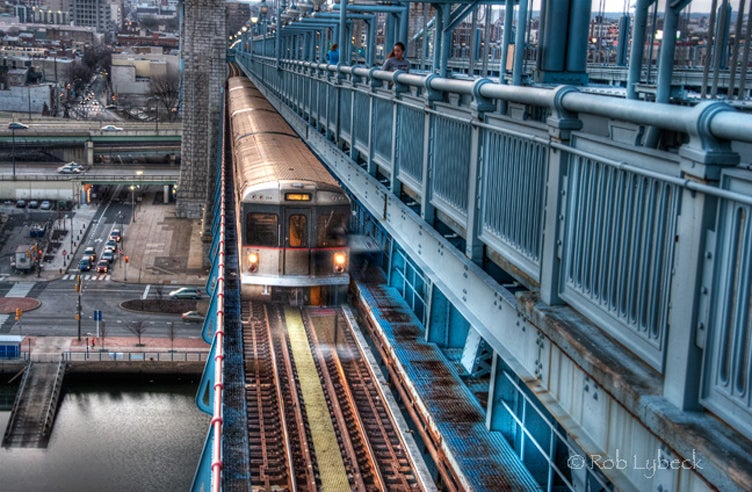
PATCO had a quiet year in 2016. Rail cars sent for refurbishment continued to arrive back to Lindenwold, four (two married pairs) at a time. Forty cars have been refurbished so far, with another 80 to go, in the $194 million project set to wrap up around March 2018.
PATCO also finished rehab work on the Benjamin Franklin Bridge, which limited the number of rush hour trains for months. Refurbished cars and two working lines over the Delaware allowed PATCO to increase train frequencies on Saturdays, so trains now run every 20 minutes.
The PATCO Board authorized new LCD screens in all its stations, which will show train schedules and other information directed at passengers starting sometime in 2017. PATCO’s busiest stations started getting the flat screen TVs last year, and soon all stations will get the new information displays. According to PATCO General Manager John Rink, they won’t show advertisements, though. In a few years time, as PATCO slowly upgrades some communication systems, the displays will provide train information in real time.
PATCO, which effectively operates as a division of the Delaware River Port Authority, also advanced plans to reopen the long-shuttered Franklin Square Station, adding preliminary engineering work to the 2017 capital budget. PATCO tried twice to get federal grants to help cover the project’s construction costs and twice got denied, perhaps because PATCO’s own consultants said the project would actually reduce ridership. Reopening the station will cost around $28 million in capital costs, and would add around $800,000 annually to the operating budget.
Starting in late spring next year, the DRPA should begin a project to completely overhaul the Camden-side of the Ben Franklin Bridge’s footpath, replacing the stairs with a bike- and wheelchair-friendly ramp and to widen the path, which narrows considerably once it’s over the Garden State. The project was delayed when construction bids came in higher than expected, leading the agency to ask the architectural and engineering team at Ammann & Whitney to make a number of changes. During construction, the Bridge’s north side path will be open to the public.
While there weren’t many big changes to PATCO’s operations, things were a bit livelier on the governance side of things. The DRPA Board battled a little bit with New Jersey Governor Chris Christie over new union contracts, with CEO John Hanson’s pay raise included in the collateral damage, before coming to an accord. Christie used his gubernatorial veto to wage that war, which might have inspired Pennsylvania’s General Assembly to give its own governor the same power. Governor Tom Wolf used another veto power—the one over the General Assembly—to block a reform bill that would have given the Pennsylvania Senate advise/consent powers over Pennsylvania’s DRPA board appointees.
WHYY is your source for fact-based, in-depth journalism and information. As a nonprofit organization, we rely on financial support from readers like you. Please give today.




